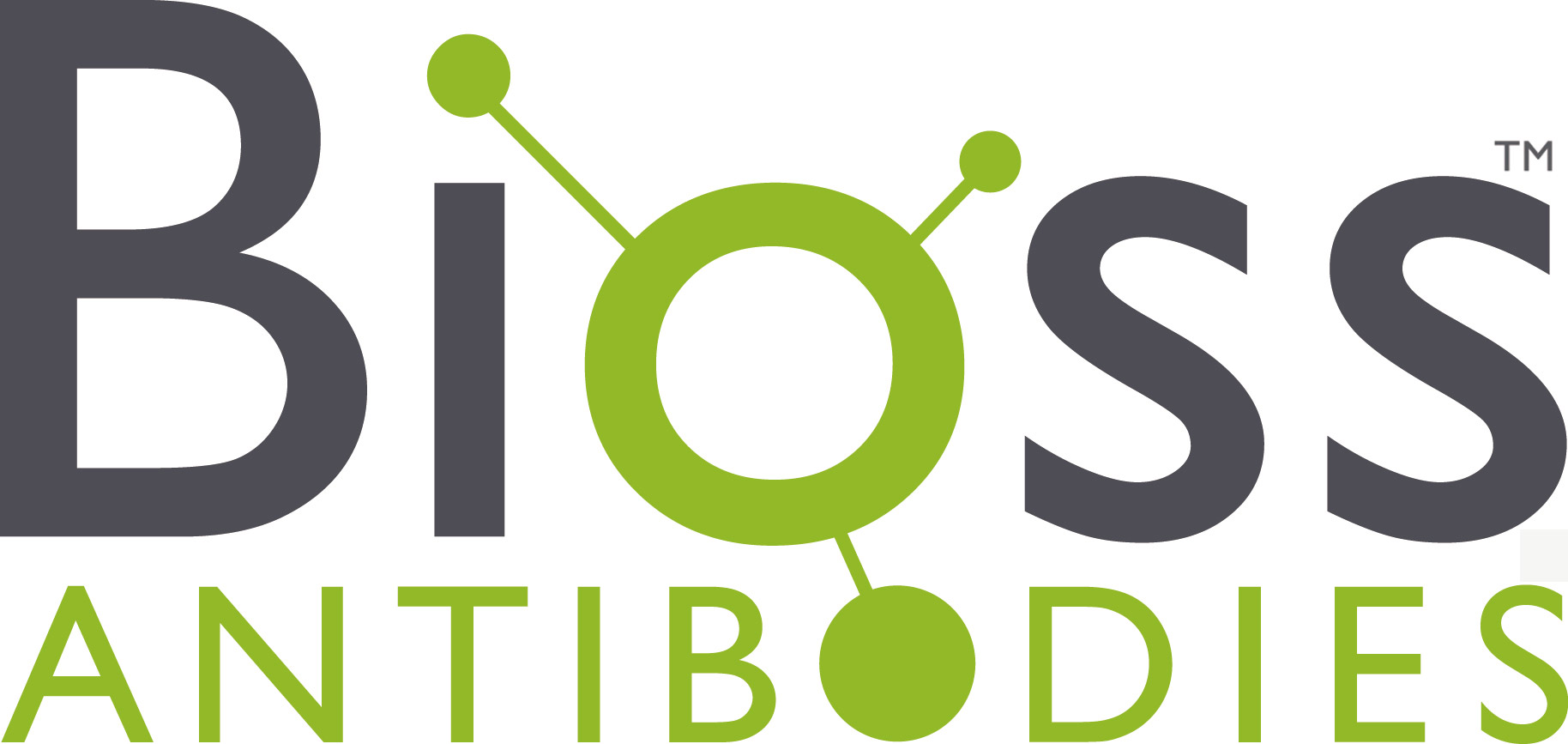
www.bioss.com.cn
400-901-9800
sales@bioss.com.cn
techsupport@bioss.com.cn
400-901-9800
sales@bioss.com.cn
techsupport@bioss.com.cn
Rabbit
Anti-PCBP1/BF350
Cat. Number:
bs-19907R-BF350
Quantity size:
100ul
Concentration:
1mg/ml Buffer = 0.01M TBS(pH7.4) with 1% BSA, 0.03% Proclin300 and 50% Glycerol.
Background:
This intronless gene is thought to have been generated by retrotransposition of a fully processed PCBP-2 mRNA. This gene and PCBP-2 have paralogues (PCBP3 and PCBP4) which are thought to have arisen as a result of duplication events of entire genes. The protein encoded by this gene appears to be multifunctional. It along with PCBP-2 and hnRNPK corresponds to the major cellular poly(rC)-binding protein. It contains three K-homologous (KH) domains which may be involved in RNA binding. This encoded protein together with PCBP-2 also functions as translational coactivators of poliovirus RNA via a sequence-specific interaction with stem-loop IV of the IRES and promote poliovirus RNA replication by binding to its 5'-terminal cloverleaf structure. It has also been implicated in translational control of the 15-lipoxygenase mRNA, human Papillomavirus type 16 L2 mRNA, and hepatitis A virus RNA. The encoded protein is also suggested to play a part in formation of a sequence-specific alpha-globin mRNP complex which is associated with alpha-globin mRNA stability. [provided by RefSeq, Jul 2008]
Also known as:
Alpha-CP1;
Heterogeneous nuclear ribonucleoprotein E1;
heterogenous nuclear ribonucleoprotein E1;
heterogenous nuclear ribonucleoprotein X;
hnRNP E1;
hnRNP-E1;
hnRNP-X;
HNRPE1;
HNRPX;
nucleic acid binding protein sub 2.3;
Nucleic acid- binding protein SUB2.3;
Nucleic acid-binding protein SUB2.3;
PCBP1;
PCBP1_HUMAN;
poly(rC) binding protein 1;
poly(rC)-binding protein 1;
rCbinding protein 1.
Specificity:
●
Rabbit Polyclonal IgG, affinity purified by Protein A.
●
Reacts with:
(predicted: )
●
Immunogen: KLH conjugated synthetic peptide derived from human PCBP1.
●
Predicted Molecular Weight: 37kDa.
Storage:
0.01M TBS(pH7.4) with 1% BSA, 0.03% Proclin300 and 50% Glycerol Store at -20 °C for one year. Avoid repeated freeze/thaw cycles. The lyophilized antibody is stable at room temperature for at least one month and for greater than a year when kept at -20°C. When reconstituted in sterile pH 7.4 0.01M PBS or diluent of antibody the antibody is stable for at least two weeks at 2-4 °C.
Application:
Excitation spectrum: 346nm
Emission spectrum: 422nm
Not yet tested in other applications.
Optimal working dilutions must be determined by the end user.
Important Note: This product as supplied is intended for research use only, not for use in human, therapeutic or diagnostic applications.